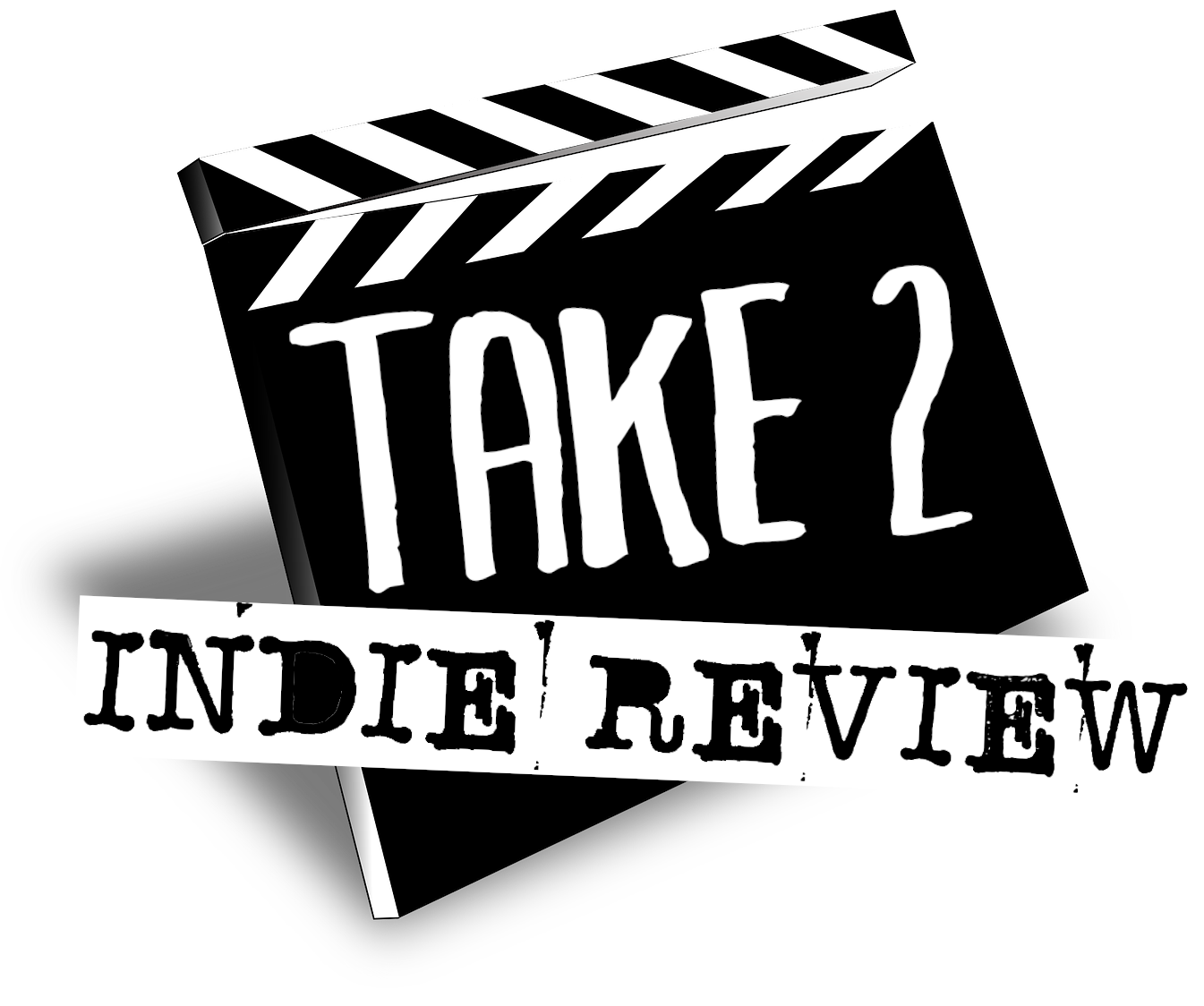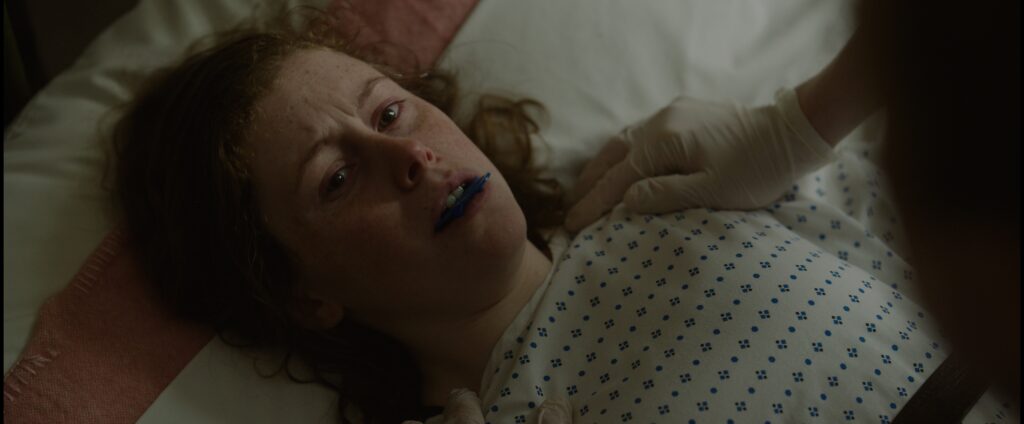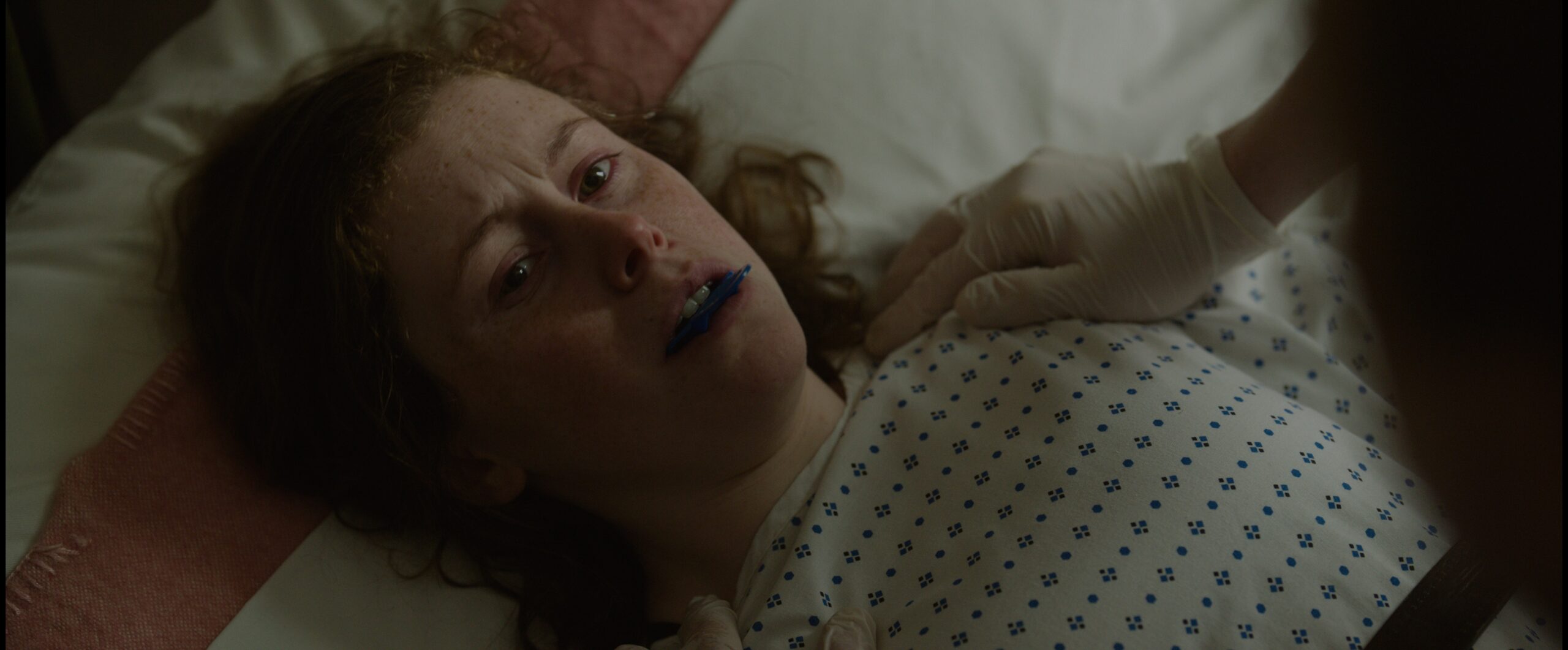Picture this: a saturated green Irish landscape and a 1970s telephone box that shares the same lively hue. The rejuvenating landscape is soaked with the sound of morning birds chirping. This striking atmosphere only steals a few seconds of the audience’s attention before we become mesmerized by something else. Bridget, played by Amber Deasy, cautiously walks into frame and approaches the telephone box. A frantic call to her parents reveals that she’s escaped from some psychiatric hospital and is struggling to keep her grasp on reality as delusion seeps in. On the other side of the call, her mother, played by Cora Fenton, carries a calmness in her tone as she tries desperately to hide the panic.
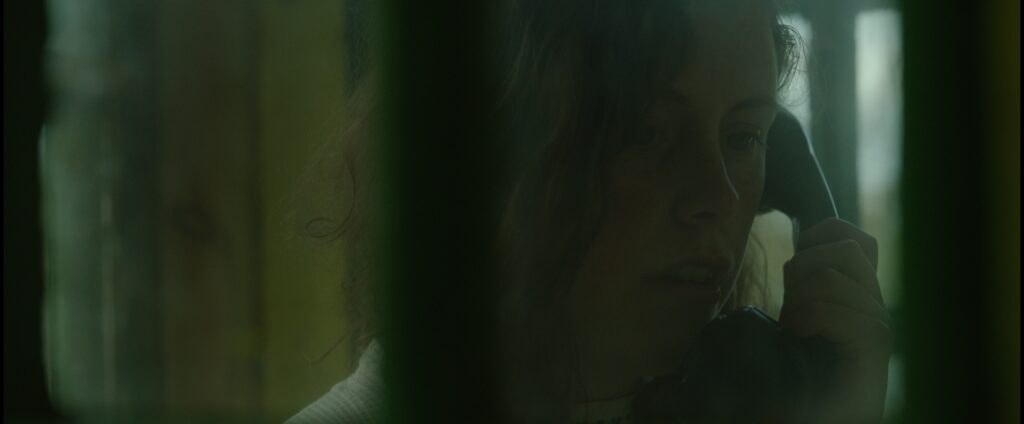
The conversation between actors continues on for half of the film. Deasy and Fenton’s captivating performances are the driving force of the film’s first half as their surroundings and movement remain static. Cinematographer Jass Foley’s extreme close up shots frame the purposefully hard to read emotions that shift throughout their dialogue. The fear and helplessness in Fenton’s voice and expression has a conflicting depth. A depth that is uncovered when we realize that the sympathy we feel for Bridget’s parents is misplaced. An interesting dynamic of mistrust is created when the film slowly unveils a key piece of information. Bridget is not ill or psychotic, she has been forced to go through an early form of conversion shock therapy after her parents discover that she’s fallen in love with another woman and are determined to change her sexual orientation.
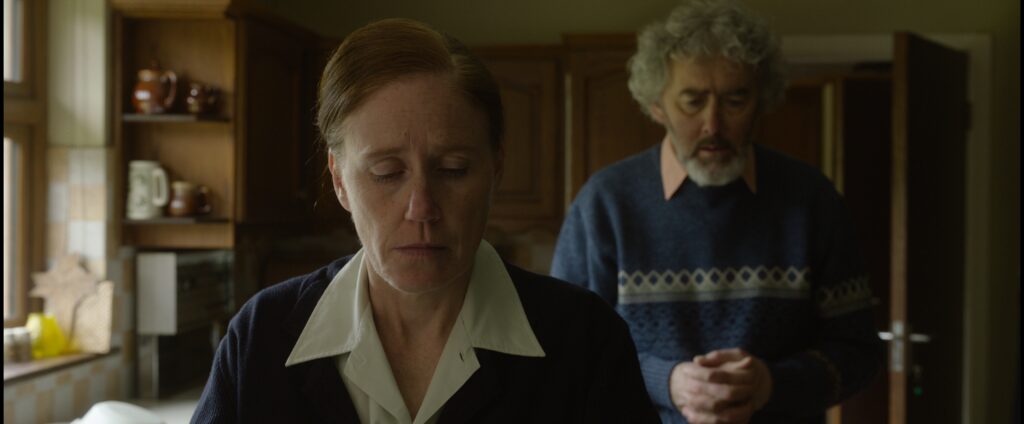
Her befuddled rambling seen earlier suddenly makes sense and the audience begins to understand the story through her eyes, not her parents. Shaun O’Conner’s award winning film A White Horse is a story of what intolerance can drive people to do. In reality, it’s not a story – but a history. As the closing title cards acknowledge, its a part of Ireland and the UK’s history that was phased out in the 1980s but continues to exist in other forms around the world. Although A White Horse may not be the most imaginative film, it’s a narrative that needs to be told. In the U.S, there are still 26 states who have not banned conversion therapy. There are way too many people in the LGBTQIA+ community that are unable to live comfortably and safely, which is an issue that A White Horse brings awareness to in an artistic way.
